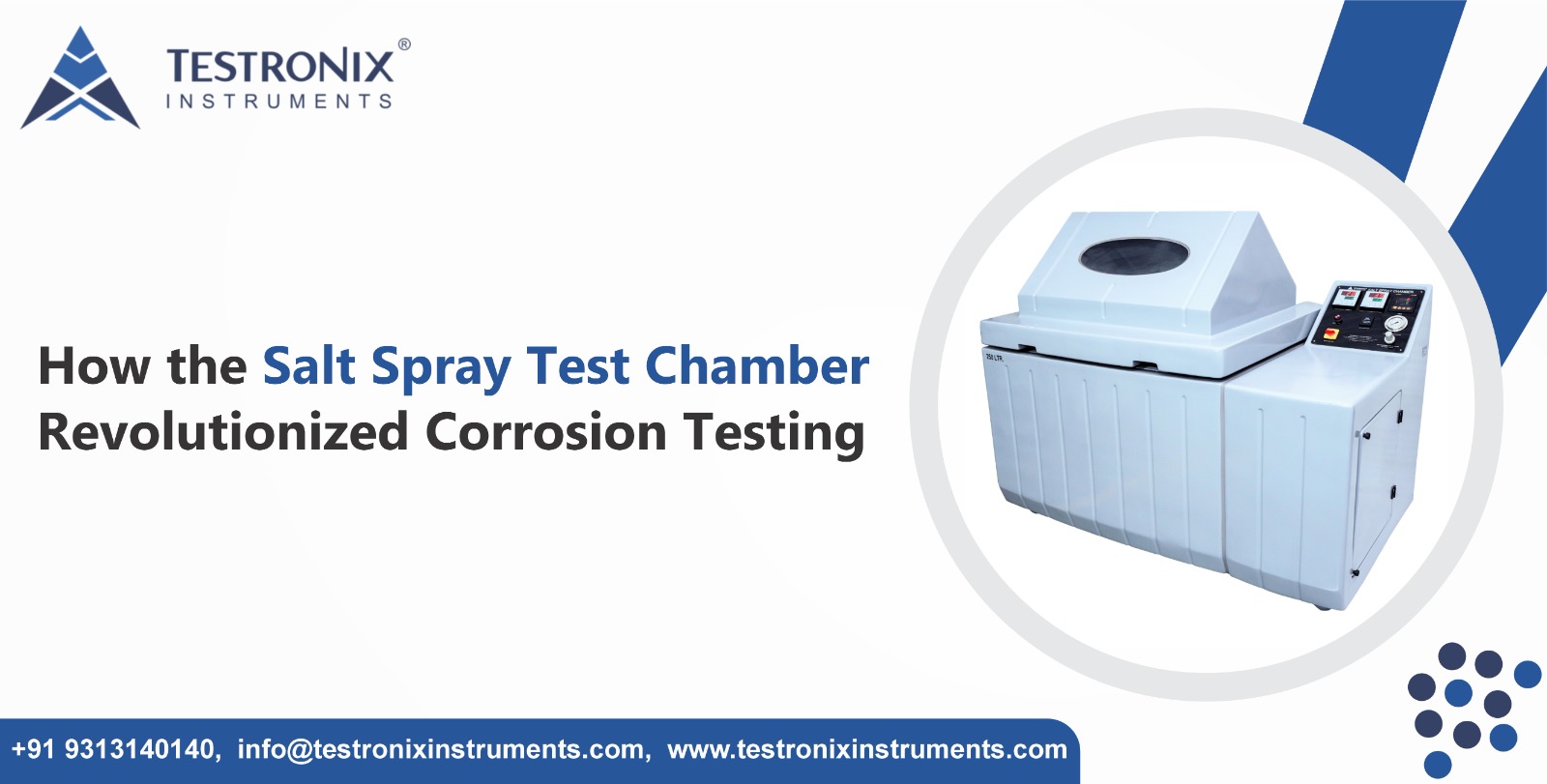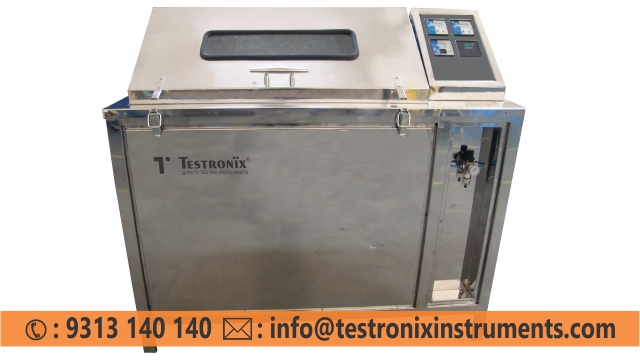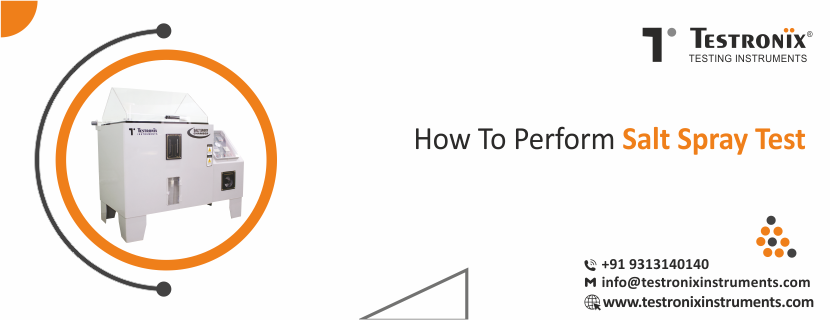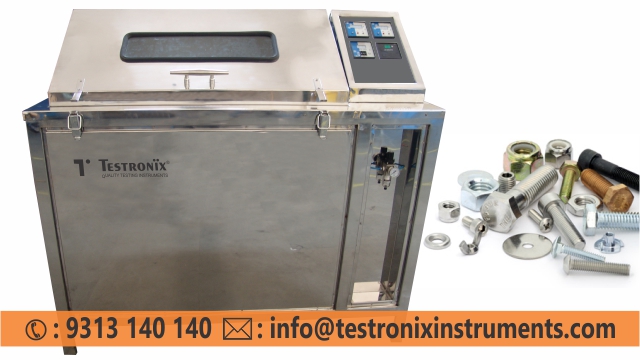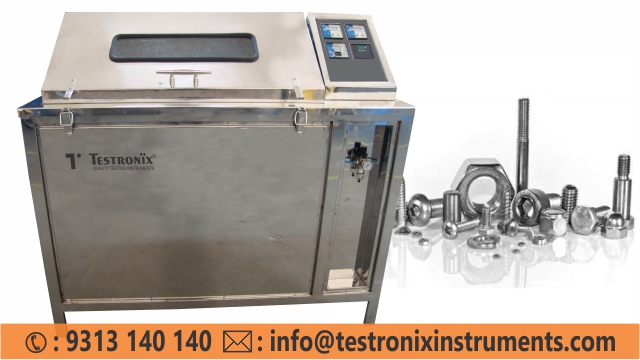Ah, corrosion! Perhaps one of the worst fears of humans. It somehow makes a product shine in the bright sun, and the next it's spotted with tarnish, rusty, and raggedly looks taken straight from the wreckage of Titanic. Worry not! Along comes the mighty savior: the Salt Spray Test Chamber. You might have heard of it in the lab or read its name floating around in discussions on corrosion. But what is special about it, and how did it transform from just another simple testing method to revolutionizing the testing of corrosion altogether?
The Rusted Problem at Hand
Getting back to basics. Metals are the materials that are wonderfully strong, but even they have a pesky little weakness: corrosion. All industries, from autos to space systems, have had to live with the cons of having metal surfaces exposed to an environment in the form of moisture and salt (those salty winter roads). So how can manufacturers make their products last longer, so they don't rust away before they reach customers?
Enter the Salt Spray Test Chamber—a box that is essentially a mini storm at sea for your materials.
Working of the the Salt Spray Test (In a Nutshell)
This test is the standard test for the evaluation of the corrosion resistance of various materials or surface coatings. But how does it work, you ask? It's like taking your metal sample on a tropical vacation it did not want! You put it inside the controlled, corrosive environment: basically, you add in salt mist and high humidity, then sit back and watch your product laugh at corrosion or start rusting like an old pirate ship.
Sounds simple, right? But the innovation goes even beyond the test itself, for this chamber has changed the game for manufacturers worldwide.
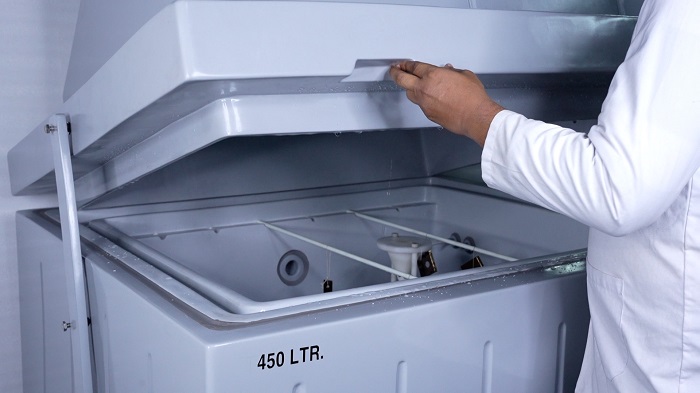
How Salt Spray Test Chambers Changed the Game?
1. Short Turnarounds
Time means money! Particularly within industries where quality and durability are needed. Corrosion testing, conducted outside of the salt spray chamber, meant exposing materials to the real world. Think waiting for paint to dry. in slo-mo. Envision watching, in real-time, a piece of metal rust: weeks, months, even years of sitting around before having an answer.
But with a salt spray test chamber, what might otherwise take months could be mimicked in a few hours or days! Highly concentrated salt solutions accelerate corrosion to give you a sneak preview of the lifespan ahead for your product. Want to know how that new shiny auto part will perform against road salt? The salt spray chamber has your back!
2. Consistency and Control
Ever tried comparing results from corrosion testing done in New York versus one done in Mumbai? The climate could be very different, and that would reflect on the natural corrosion rate. Not so with the Salt Spray Chamber-it offers a level-playing field where all variables-from temperature to salt concentration-could be monitored.
With this tool, regardless of where you are in the world, the conditions under which you test will remain constant. Engineers and product developers can now be assured that their corrosion tests are uniform and, thus correct.
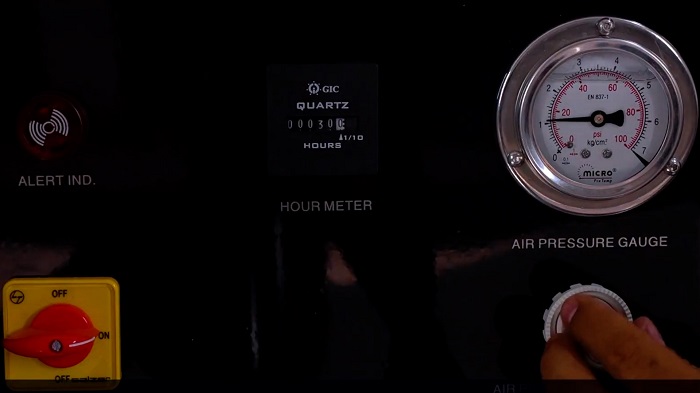
3. Suitable for All Industries
Whether it is testing aircraft parts in the aerospace industry or ensuring that the electronics will not rust in a humid condition, the Salt Spray Chamber has indeed proved to be quite versatile. Most industries in marine, automotive, construction, and others check the rust-proofing properties of their materials using the Salt Spray Chamber.
4. Innovation in Every Chamber
Saline fog chambers have undergone tremendous changes. Modern versions are equipped with highly sensitive software to control and monitor with accuracy. Imagine full control over salt fog concentration, temperature, and exposure for weeks! Some chambers even permit running constant tests on materials for weeks, ensuring that each material under the most extreme conditions is put through the limit of testing.
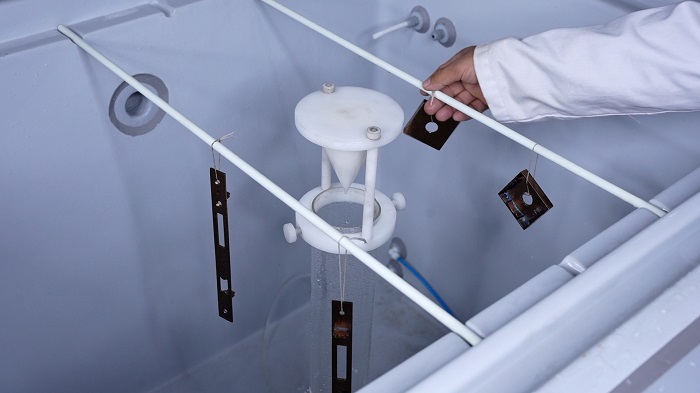
How Does It All Come Together?
So why is the Salt Spray Test Chamber revolutionary for corrosion testing? There are three simple reasons:
-
Speed – You get results in hours, not months.
-
Consistency – Standardized tests, no matter where in the world they are conducted.
-
Versatility – Applicable across industries, and not just metals alone!
Whether you test screws, car parts, or protective coatings, this testing will ensure that your products will weather the storm - literally.
Let's Wrap It Up with Some FAQs!
How long does a typical salt spray test last?
Dependent on the product and what standards you're going by. For instance, some tests may be 24-48 hours in length, but others can be over 1,000 hours. The chamber accelerates long-term exposure over a condensed period of time, thus what could take months naturally, it's fit to accomplish in just days in the chamber.
Can salt spray tests be run on non-metallic materials?
Salt spray tests are not strictly for metals. They may be used to test coatings, paints, and even polymers to test the resistance of such materials against corrosion or the ability of such materials to protect the surface underneath.
Is the salt spray test the only corrosion test available?
While it is one of the most popular accelerated corrosion tests, there are other types, such as cyclic corrosion testing or humidity testing, and all these are meant for different materials or conditions of the environment. However, the salt spray test remains very common because it is simple and effective.
Conclusion
After all, from shortening testing time to providing a controlled and reliable method of corrosion testing, the salt spray test chamber indeed has been a game-changer. Be it in aerospace, electronics, or manufacturing, your product's corrosion resistance is no longer left to fortune. Thanks to the salt spray chamber, materials can face the elements, stand tall, and say, "Bring on the salt!


